AARP Hearing Center

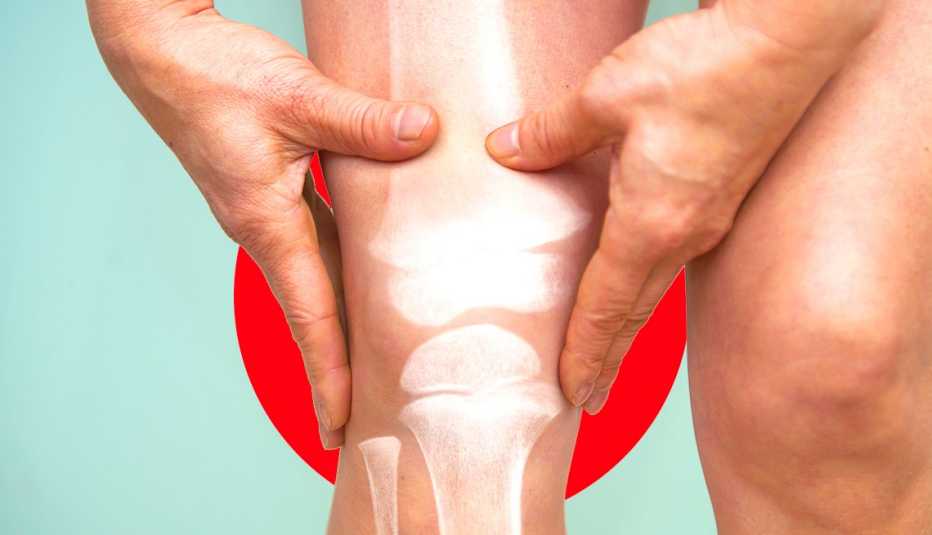
Use anything on and off all day, every day — for decades — and over time, it’s bound to show wear and tear. Case in point: the protective cushion between your bones, otherwise known as cartilage.
That’s why the risk for developing osteoarthritis, a degenerative joint disease, increases with age, says Angelie Mascarinas, M.D., a physiatrist at the Hospital for Special Surgery, headquartered in New York City. About 50 percent of adults over age 65 have arthritis, according to the Centers for Disease Control and Prevention (CDC); osteoarthritis is the most common form.
You can’t do much to slow the march of time, but there are plenty of lifestyle changes you can make to show your joints a little love. Here are the seven worst habits for your joints.
1. Smoking
Not that you need another reason to give up cigarettes, but here it is: Smoking does a number on your joints. The nicotine in cigarettes narrows blood vessels and, as a result, restricts the amount of oxygen and critical nutrients that reach the joint cartilage. “This can result in cartilage loss, since cartilage receives its nutrients from the surrounding joint fluid and adjacent bone,” Mascarinas says.
That’s not all. It turns out, smoking also ups your risk for osteoporosis, the brittle bone disease. According to the American Academy of Orthopaedic Surgeons, seniors who smoke are 30 to 40 percent more likely to break their hips than their nonsmoking counterparts. And it “may increase pain sensitivity,” Mascarinas says. “In other words, arthritis pain can be perceived as more severe in smokers, so the [pain-relieving] effects of arthritis medications may seem less effective to smokers.”































































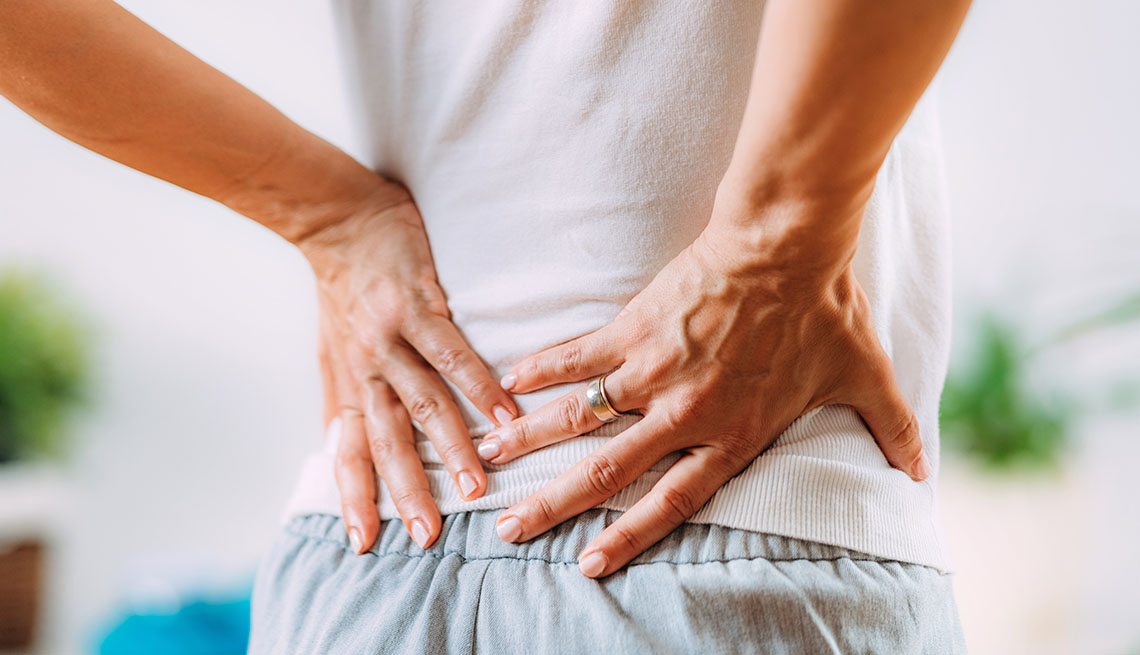




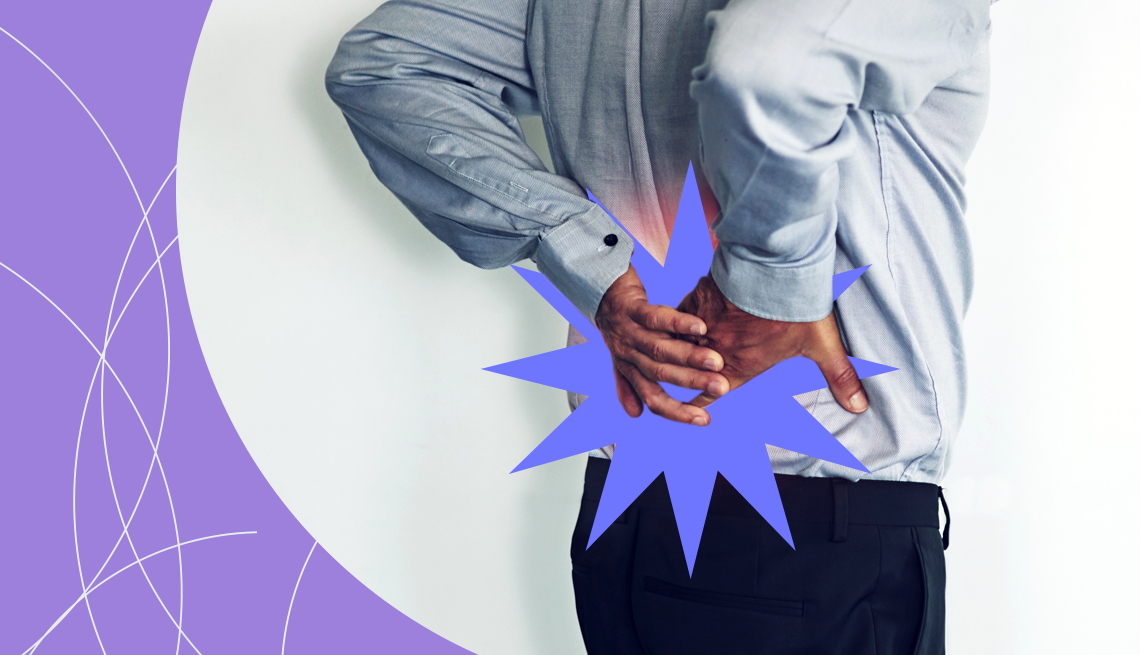


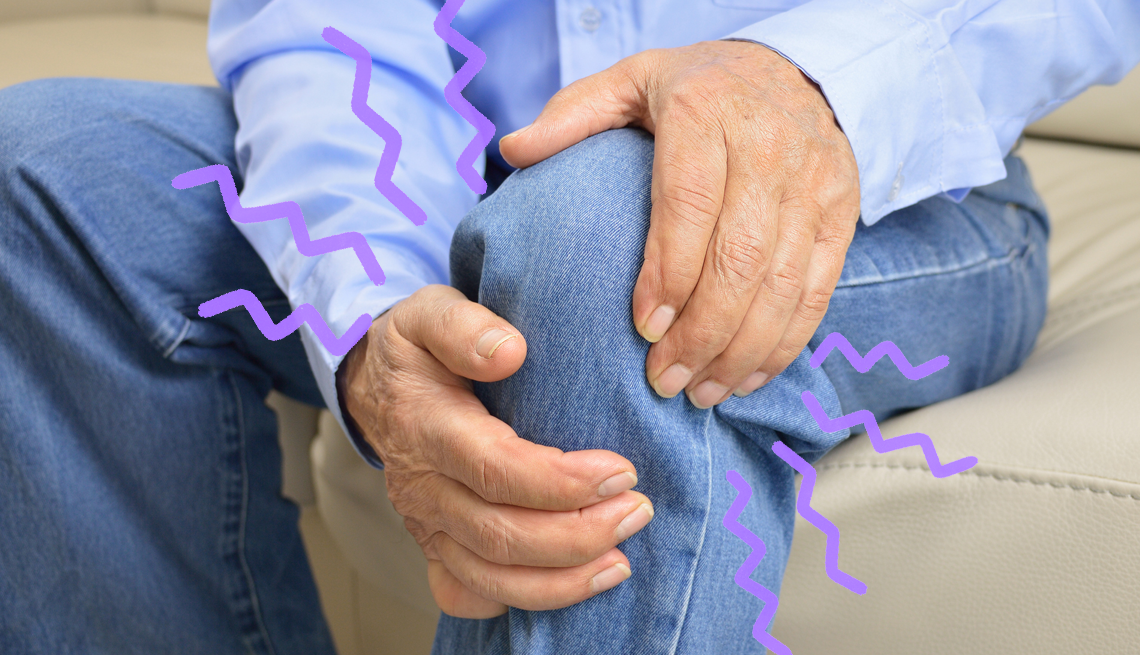

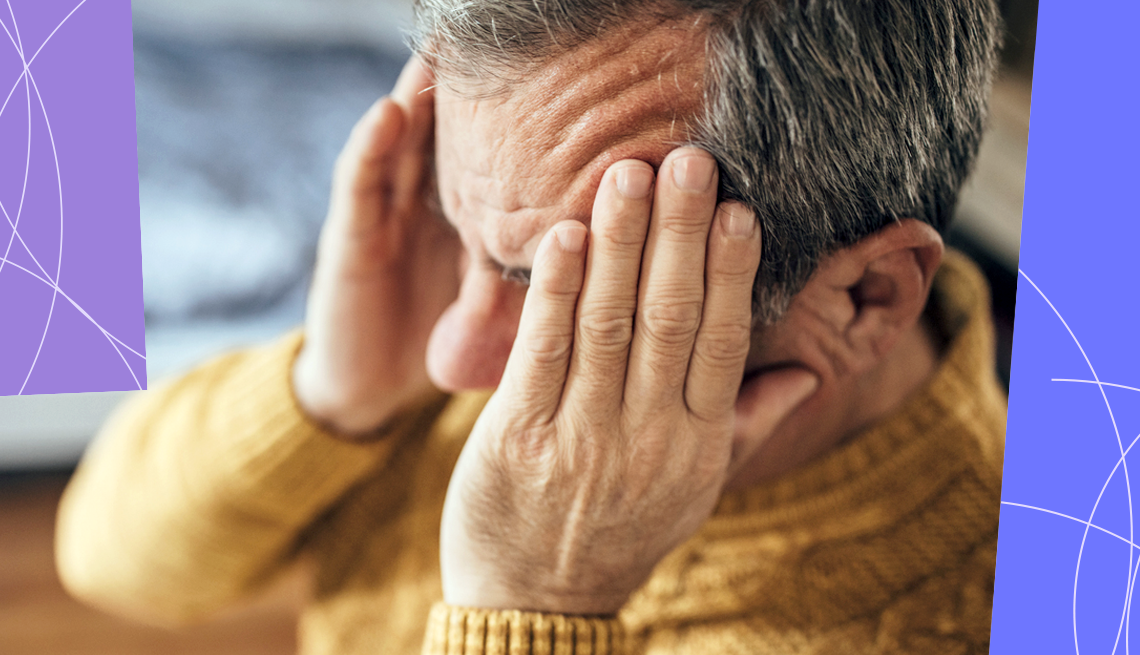






More on Health
Many Older Adults Bear Arthritis’s Burden
New CDC report highlights the condition’s prevalence in the U.S.7 Hand Exercises to Prevent Arthritis
How to stay loose and pain free
Does CBD Oil Help With Joint Pain?
What to know about the latest research on the remedyRecommended for You